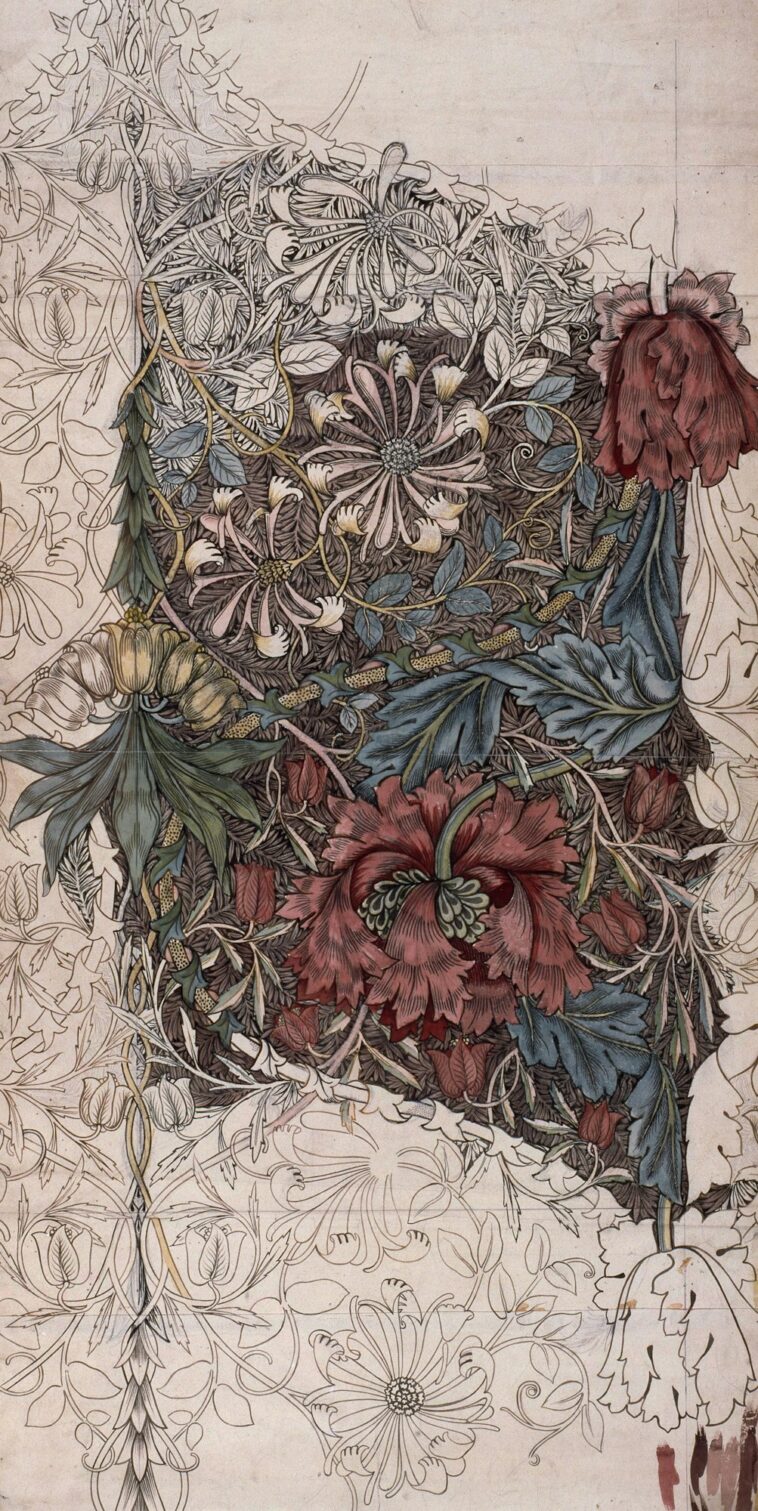Key Takeaways
- Decorative arts encompass the design and manufacture of objects that are both beautiful and functional, often found in interior spaces, excluding architecture.
- They differ from fine arts, which are valued for their aesthetic and intellectual stimulation, without a functional purpose.
- Historical perspectives often valued decorative arts less than fine arts, but movements like Arts and Crafts and modern attitudes have challenged this view.
- The Arts and Crafts movement in the 19th century elevated the status of decorative arts, bridging the gap between them and fine arts.
- In modern times, the distinction between decorative and fine arts blurs, with an increasing appreciation for the craftsmanship and aesthetic value of everyday objects.
Diving into the world of decorative arts feels like stepping into a time machine, whirling back to my grandmother’s cozy living room, brimming with embroidered cushions, hand-painted ceramics, and intricately carved furniture. These items, which she lovingly referred to as her “treasures,” were not just mere objects; they were stories, embodiments of craftsmanship that transformed her space into a warm, inviting home.
A Journey Through Time and Art
The decorative arts, a term that might seem quaint in today’s fast-paced, digital world, represent a profound tradition of blending beauty with utility. Unlike the fine arts, which stand aloof in galleries, decorative arts are the friendly cousins, inviting you to touch, use, and experience them in daily life. Picture a ceramic bowl, its glaze shimmering with the history of a thousand dinners, or a metalwork lantern casting intricate shadows, weaving tales of ancient craftsmanship in its light.
The Evolution of Aesthetic Appreciation
Historically, decorative arts were often overshadowed by their loftier siblings in the fine arts. In grand museums and hushed galleries, the narrative seemed clear: fine arts were the true stars, with decorative arts relegated to supporting roles. However, this perspective began to shift dramatically in the 20th century. Movements like the Arts and Crafts in England, spearheaded by visionaries like William Morris, championed the idea that beauty and utility should coexist, harmoniously integrated into the fabric of everyday life.
The Intimate Connection with Decorative Arts
For me, the decorative arts are not just subjects of academic interest; they are personal. I recall days spent in flea markets and antique shops, hunting for those unique pieces that seemed to whisper stories of their past lives. Each object, from a vintage Art Deco lamp to a rustic hand-woven basket, carried a piece of history, a fragment of the artist’s soul. This connection, this tangible link to the past, is what sets decorative arts apart, making them a vital part of our living history.
The Resurgence of Craftsmanship
In today’s world, where mass production and digital replication dominate, the allure of the handmade, the uniquely crafted, has gained new momentum. People are yearning for objects that carry the imprint of individuality, items that reflect the human touch. This resurgence of interest in the decorative arts is not just a nostalgic yearning for the past but a celebration of the enduring human desire to create and appreciate beauty in its most tangible forms.
Reflecting on the Essence of Decorative Arts
As I weave these thoughts together, I’m struck by the realization that decorative arts are more than just objects. They are a dialogue between the past and present, a dance of form and function that enriches our lives with beauty and utility. The journey through the realm of decorative arts is, at its core, a quest for meaning in the mundane, a search for beauty in the everyday.
Frequently Asked Questions
- What are the decorative arts?
Decorative arts refer to the design and creation of objects that are both beautiful and functional, primarily used for interior spaces and personal adornment. - How do decorative arts differ from fine arts?
Decorative arts are intended to be both aesthetically pleasing and functional, whereas fine arts are created primarily for their visual and intellectual appeal, without a functional purpose. - What are some examples of decorative arts?
Examples include ceramic art, metalwork, furniture, jewelry, textile arts, and glassware. - Why were decorative arts historically considered lesser than fine arts?
Historically, the value was often placed on the intellectual and aesthetic appeal of fine arts, overlooking the craftsmanship and functional value of decorative arts. - How has the perception of decorative arts changed over time?
The perception has shifted, especially with movements like the Arts and Crafts movement, which emphasized the importance and value of craftsmanship and beauty in everyday objects, leading to a greater appreciation and status of decorative arts in society.





